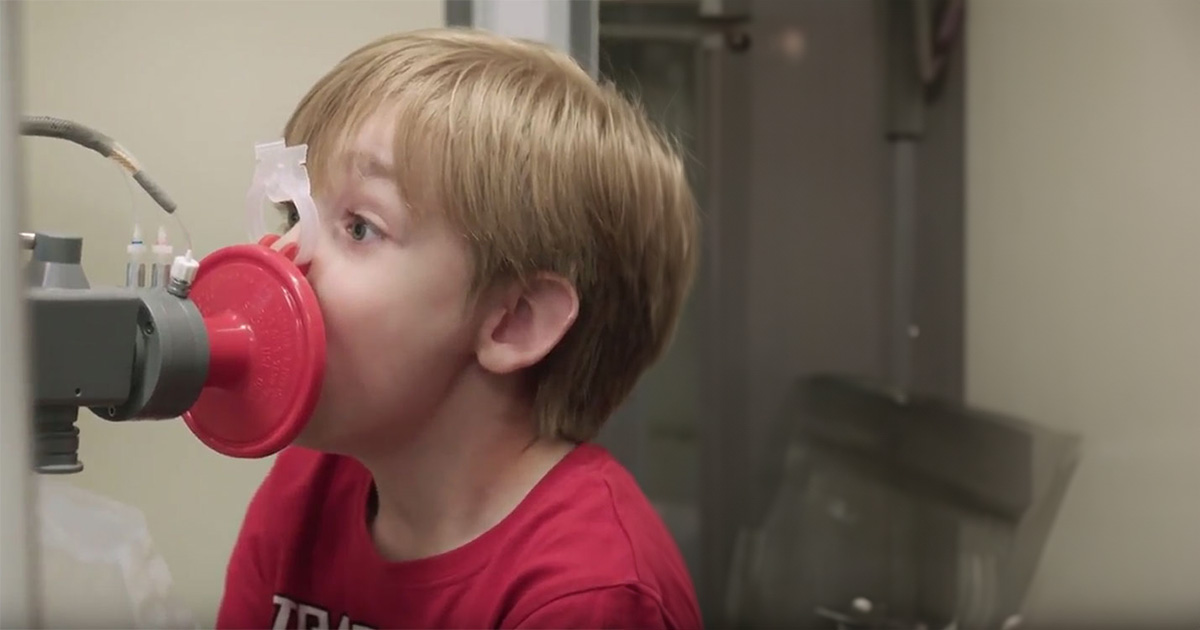Search
Research
The mechanism of deep inspiration-induced bronchoprotection: Evidence from a mouse modelIn healthy individuals, deep inspirations (DIs) taken prior to a bronchial challenge reduce the bronchoconstrictor response, which is termed...
Research
Antibacterial antibody responses associated with the development of asthma in house dust mite-sensitised and non-sensitised childrenWe aimed to measure the antibody development to 2 bacteria in a birth cohort at high risk of allergic disease, and to assess which responses are asthma-linked.
Research
Symptomatic viral infection is associated with impaired response to treatment in children with acute asthmaThe objective of this study was to examine the influence of viral respiratory infection (VRI) on treatment response in acute asthma in children.
Research
Restricted aeroallergen access to airway mucosal dendritic cells in vivo limits allergen-specificChronic innocuous aeroallergen exposure attenuates CD4+ T cell-mediated airways hyperresponsiveness in mice; however, the mechanism(s) remain unclear
Research
Bronchial brushings for investigating airway inflammation and remodellingAsthma is the commonest medical cause for hospital admission for children in Australia, affects more than 300 million people worldwide, and is incurable...
Research
Neonatal immune function and inflammatory illnesses in later life: lessons to be learnt from the developing world?With the emergence of allergic and autoimmune diseases in populations that have started to transit to a western lifestyle, there has been an increasing...
Research
House dust mite allergens in asthma and allergyIgE antibodies in house dust mite (HDM) allergy follow a predictable pattern. Half are directed against two dominant allergens and the remainder largely against
Research
Early immunological influences on asthma development: opportunities for early interventionEarly immunological influences on asthma development: opportunities for early intervention
Research
Investigations into the role of ST2 in acute asthma in childrenThis study investigated the potential role of ST2 in children with acute asthma.

News & Events
Census data reveals stark gap in asthma risk for inner and outer city kidsChildren who live in the outer suburbs of Australia’s four biggest cities are twice as likely to have asthma as those living in inner city areas, according to a new study based on health data captured in the last Australian Census.
